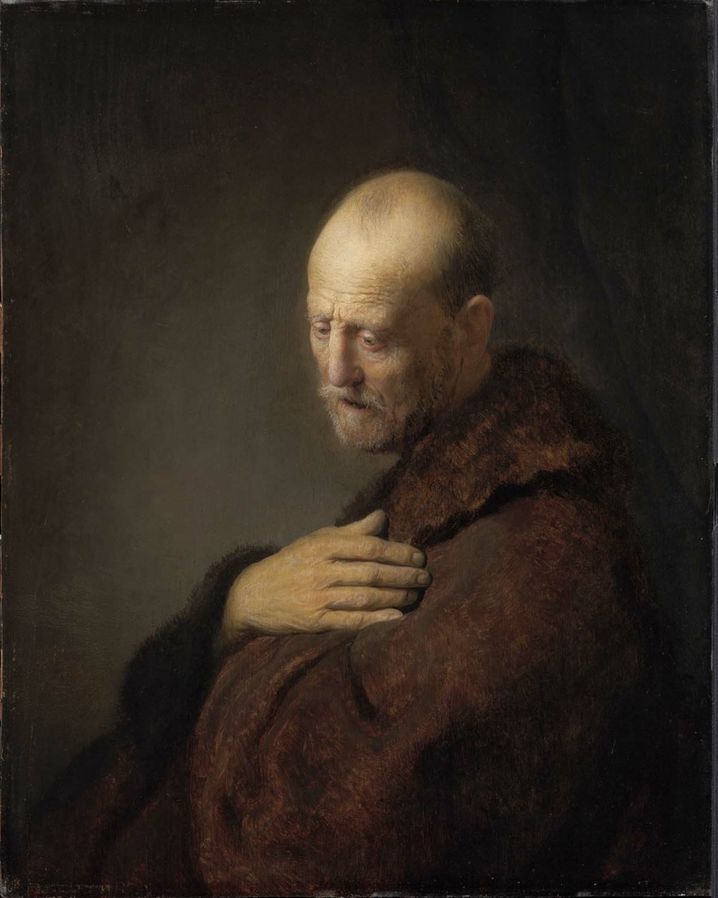I’d like to bring you on my journey to this place of Christian formation that is now becoming my home. I feel at times that I’ve come from a far country of a faith fairly stripped of scripted liturgy. I find no one at fault for this and I’m very grateful for my deep heritage in Evangelicalism.
When we first started observing Advent as the season which precedes Christmas at my church, I was probably the first to eagerly want to incorporate Advent, although I certainly had not considered what it all meant! I was so struck by the idea of preparing for Christ’s incarnation. It became a season of anticipation and expectation, especially as we thought about the incredible gift God gave us in Christ. I remember the first time I spoke about this was actually at our Christmas Eve service.
One of my favorite commercials from that year which aired during December pictured for me the essence of Advent joy. In the commercial there were three (maybe four) children seated on a couch in front of a fire. Their stockings were hung on the mantle above. The scene pictured their glee and unbridled joy at waiting for Santa to come and fill their stockings. Before long though they had fallen asleep, in the dark, with the smoldering ashes of an almost extinguished fire. Ah… the waiting… I can barely remember what the commercial was for – except on each child’s head was a headband bearing a flashlight! So as the night deepened and the fire dwindled – all you could really see were four flashlights glowing in all different directions as they fell asleep! I suppose the commercial was about batteries but for me it was about Advent, and excitement and waiting and the anticipation of miracle!
Advent is wrapped in mystery and part of what helps us hold on to that is the joy of anticipating the birth of the newborn king. “The sky is dark, there blows a storm…” These are the first words of a favorite children’s book for me (Father Fox Penny Rhymes), and it speaks to warmth in the cold, joy in that warmth, and peace in the telling. Early on, Advent represented to me the need to slow down, to find a way out of the commercialism and trivial celebrates; a time to really enter the mystery of Christmas.
It wasn’t until much later, in fact, in the last few years I would say, that I began to see the penitential nature of Advent. In fact, I was really surprised when I read that Advent was considered to be a time of repentance. It was much like Lent in that way, although usually with a different emphasis from Lent. Advent is indeed a season of expectation and joy, but it is also the story of our need to be prepared for the final Advent of our Lord. John the Baptist leads that charge. In all four gospels John is spoken of the “messenger who will prepare the way” (Mal. 3:1, Mar. 1:2). He helped people prepare their hearts for the coming of the Messiah by baptizing them for the forgiveness of their sins. His warning is clear: “Repent for the kingdom of heaven is at hand.” (Mat. 3:2)
Repentance distinguishes Christian life as one of struggle and conversion and pervades it, not with remorse, but with hope. The message of Jesus is not “Repent,” but “Repent for the kingdom of God is near.
John Shea
John’s message of repentance and preparation sings loudly of the first Advent of our King. But, its final verse sings of the second and last Advent: the return of that King to bring all of creation under His sovereignty and rule. John is saying to us, on the other side of the birth of Christ, to be prepared for Christ’s return. We do this in the same way John called us to in the time before Christ. “Make room for Him in your heart; make straight the paths; repent and turn your whole self, body, spirit, soul toward the imminent return of your Savior.”
Advent speaks of three comings – the first and the last have just been mentioned. But the coming that leads us to the capacity to repent and to persevere is found in the Coming of Christ into the heart of every person of faith.
Traditionally there are themes designated for each week in Advent – hope, peace, joy and love. I find it fascinating that two of these are actually fruit of the Spirit, (peace and joy) and two are virtues that only reach their full capacity of virtuehood (I know it’s not a word!) also through the indwelling Spirit of God.
I have chosen not to focus on these themes but to highlight four other themes. The first week is the story of John the Baptist and his call to preparation; the second week centers on the waiting nature of Advent. The third highlights another dimension of preparation and that is the need to be watchful. Matthew’s story about the 10 virgins comes to mind here (Mat. 25:1-7). The fourth week veers a bit off course because it also happens to be Christmas Eve and so I chose to focus on Christ as the God with us – Immanuel, and the joy there can be in our worship of Him as that God with us.
Many of us were raised in traditions where the significant Christian events were marked only by a single day in the Christian year. So, we have Christmas, Good Friday, and Easter, which were observed as the significant days that they were. Recently I’ve come to appreciate that these holy days are in fact a part of a season. It’s not just Christmas eve and then Christmas Day – but it’s Advent, and Christmastide, and Epiphany! This gives us time to really inhabit the Story and to give time and space, and worship to the significance of those seasons.
My friends who have been a part of sacramental churches may chuckle at my marveling about this. Yes, I came late to the party. So, indulge me if you will. I now see how this observance of the Christian year with all its seasons can help form me in my Christian faith. I have time to let the truth of the Incarnation and His Ascension, etc.… seep deep “into my bones.” My prayer is that you all, those familiar with the liturgical calendar and those who are novices, would find fresh joy as we take this journey together. I’m grateful that we are all pilgrims on the way. May God give us grace to inhabit the Story of our homecoming in Christ.








